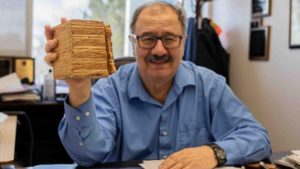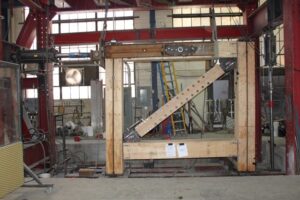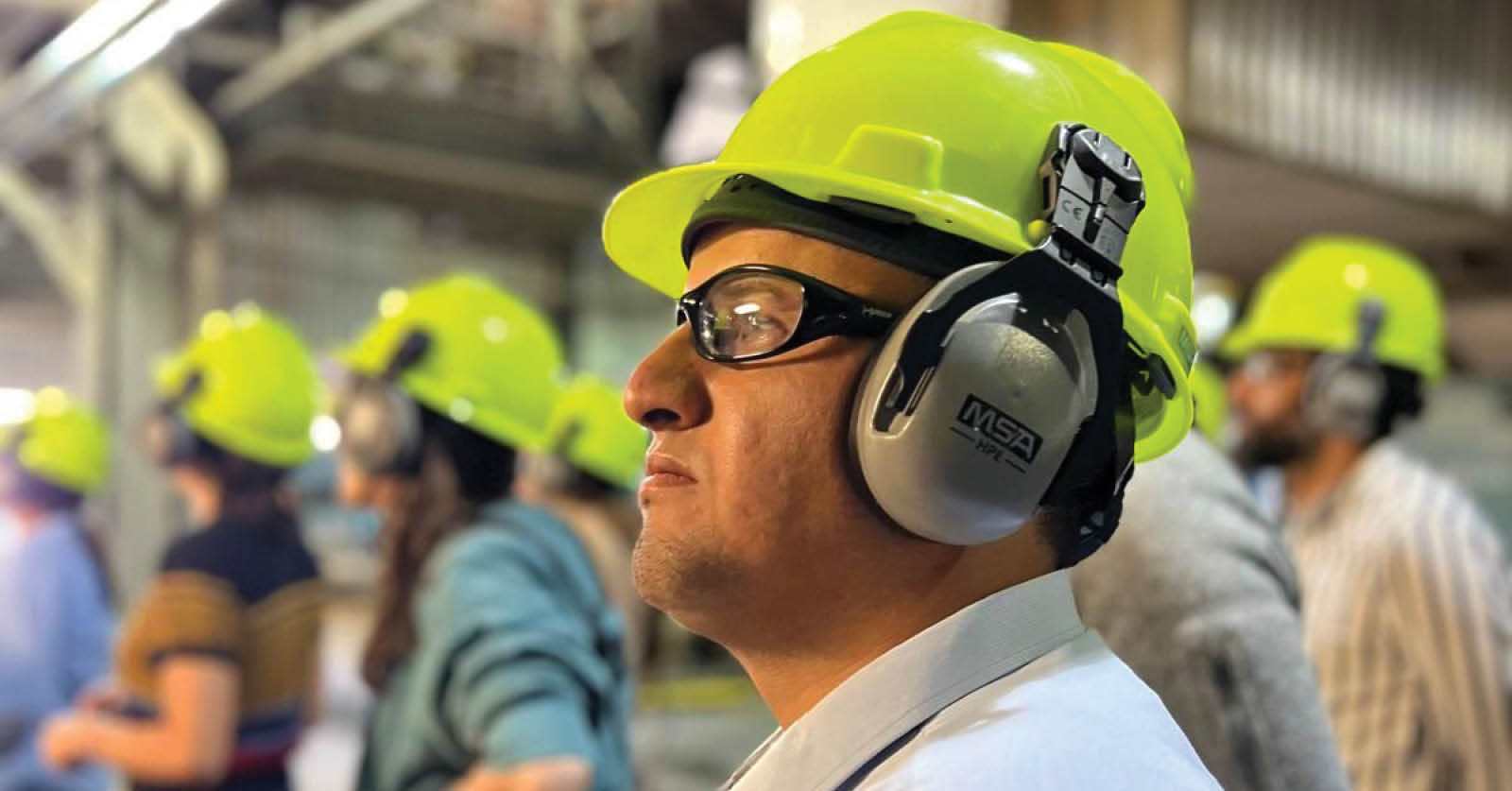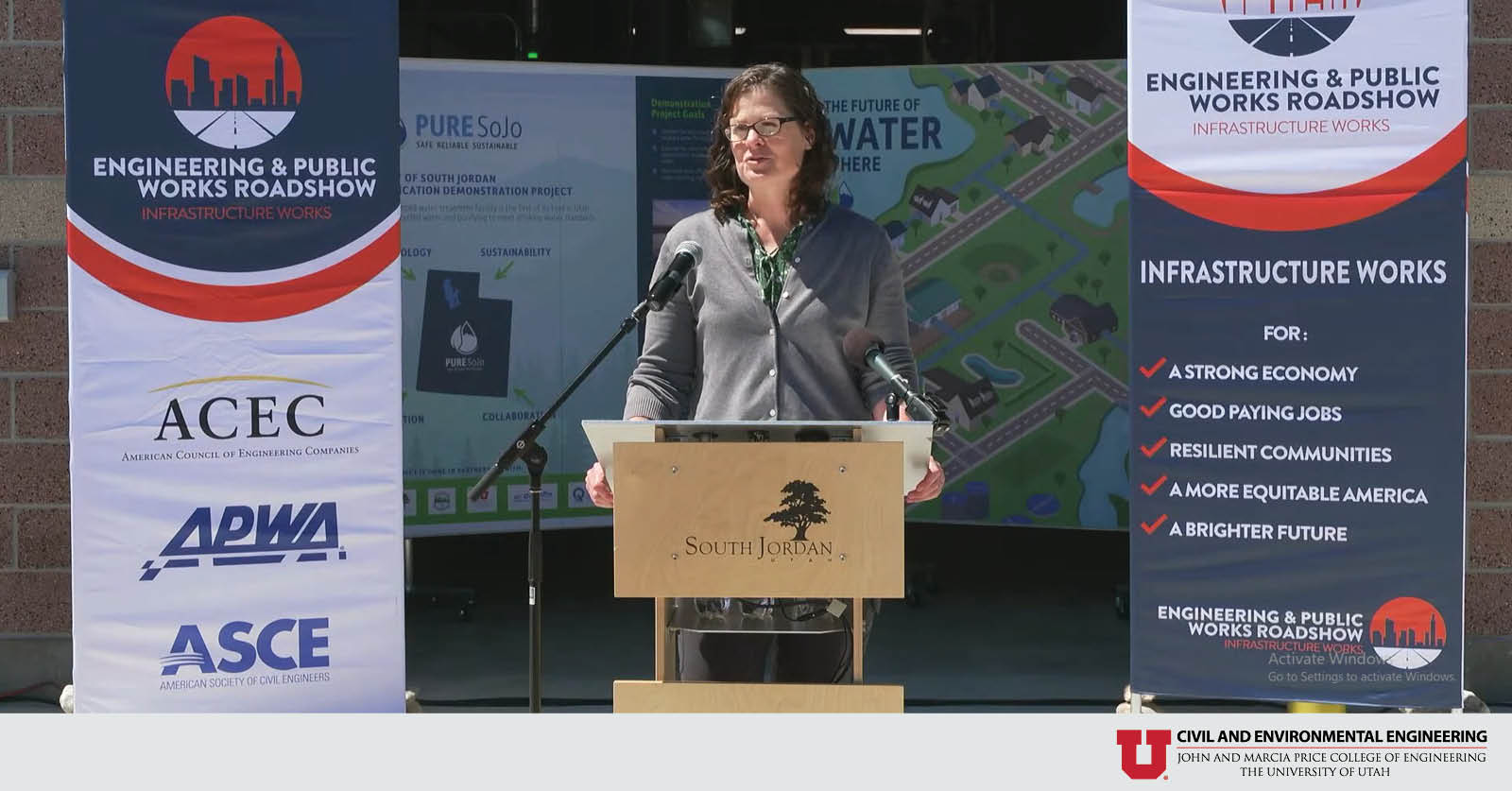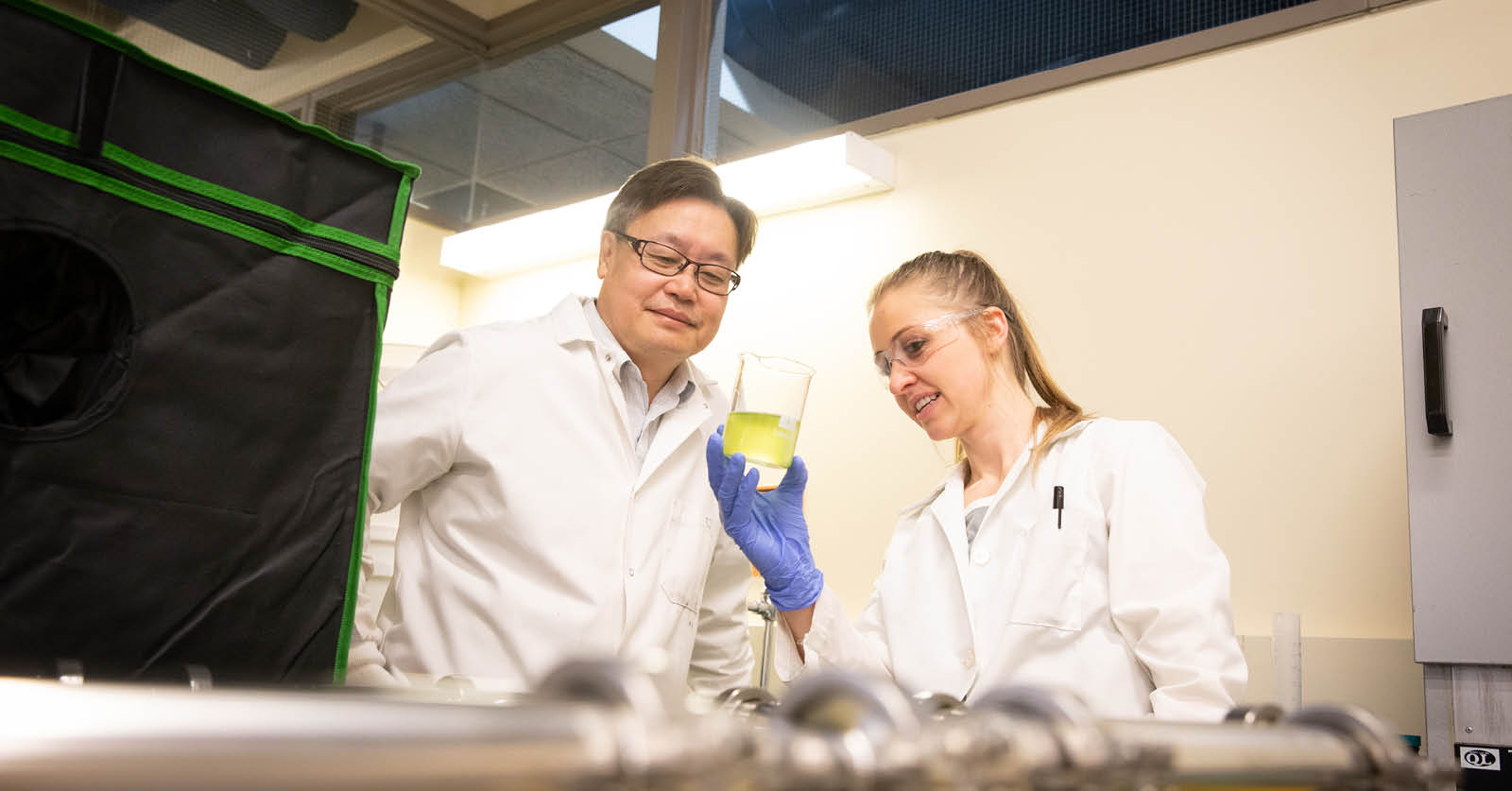Civil & Environmental Engineering Professors to Support $3M U.S. Department of Transportation Grant
Dr. Nikola Markovich and Dr. Abbas Rashidi, professors in the Civil & Environmental Engineering Department (CvEEN) at the University of Utah, are part of a consortium awarded a $3 million grant from the U.S. Department of Transportation (DOT). Their portion of the funding will be approximately $500,000. The two CvEEN professors’ combined expertise in machine vision (MV), artificial intelligence (AI), and optimization algorithms (OA) will be integral to the success of the DOT initiative.
On September 30, 2024, the DOT announced $2.97 million in funding for the establishment of the Mobility Equity Research Center at Florida A&M University, a Historically Black College and University (HBCU). This new center, named ACCESS-M (Advancing Community-Centric Equitable Systems and Solutions in Mobility), aims to support the department’s mission of expanding accessibility and mobility for underserved populations, including people with disabilities, older adults, Tribal Nations, and rural and disadvantaged communities.
ACCESS-M will spearhead research and develop technologies to enhance transportation and infrastructure in historically underserved communities. The center’s research approach is built on three core pillars: policy, technology, and operations. Drs. Markovich and Rashidi will help to bridge technology and operations pillars by using MV, AI, and OA to improve the mobility of goods and people as well as the related infrastructure.
In collaboration with partner institutions—including Arizona State University, Florida State University, Southern Methodist University, and the University of Utah—ACCESS-M will drive transportation research and solutions that improve mobility equity nationwide.
More news from our department:
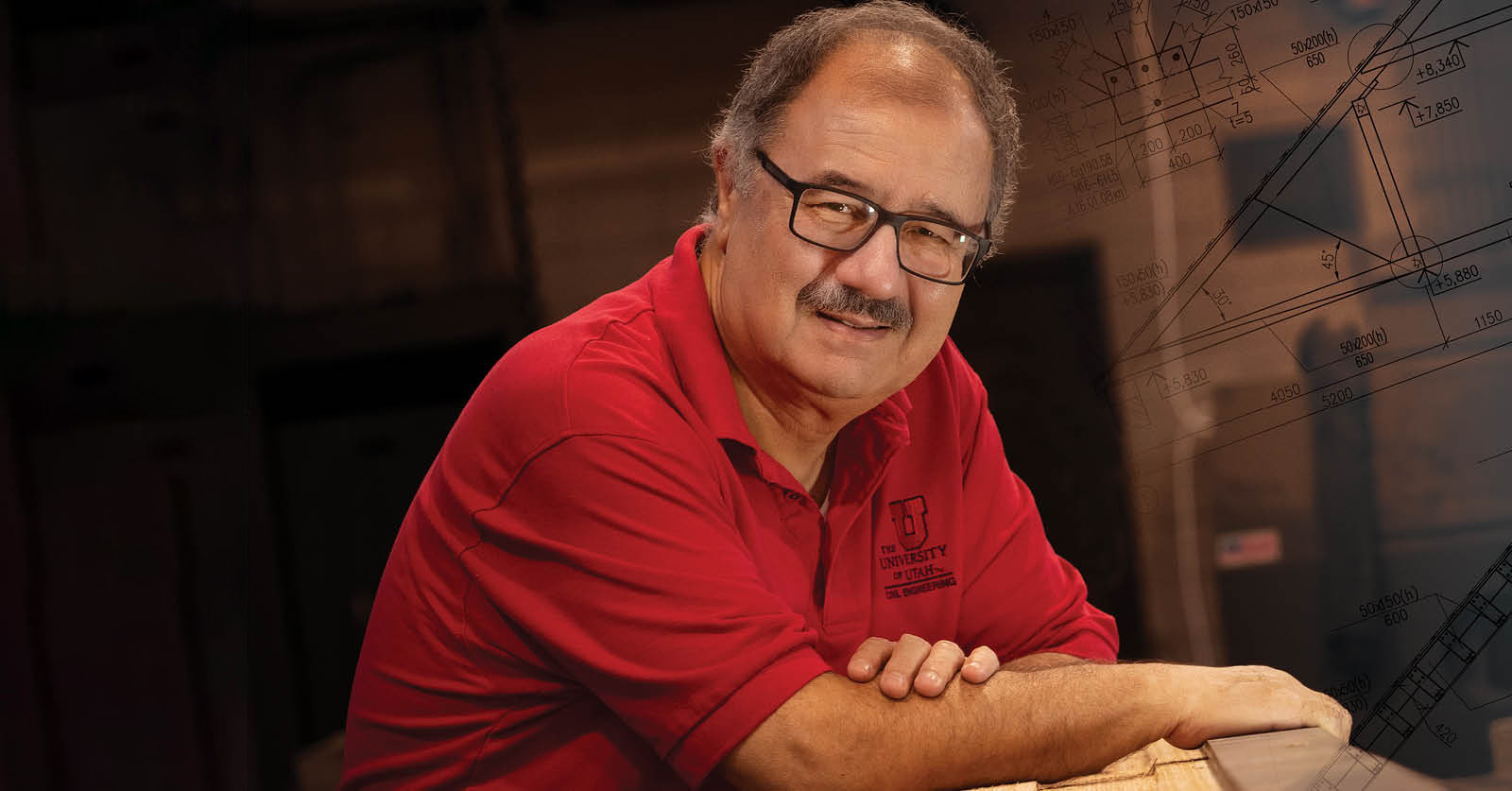
Bringing Wood Construction into the 21st Century
Earthquake-proofing Mass Timber Buildings Civil & Environmental Engineering (CvEEN) professor Dr. Chris Pantelides‘s research is revolutionizing wood construction. Sitting in his office in the Meldrum Civil Engineering Building, Dr. Pantelides holds up a block of composite wood, about 12 inches long and 10 inches wide, and smiles. “What you’re looking at here is the future,” […]
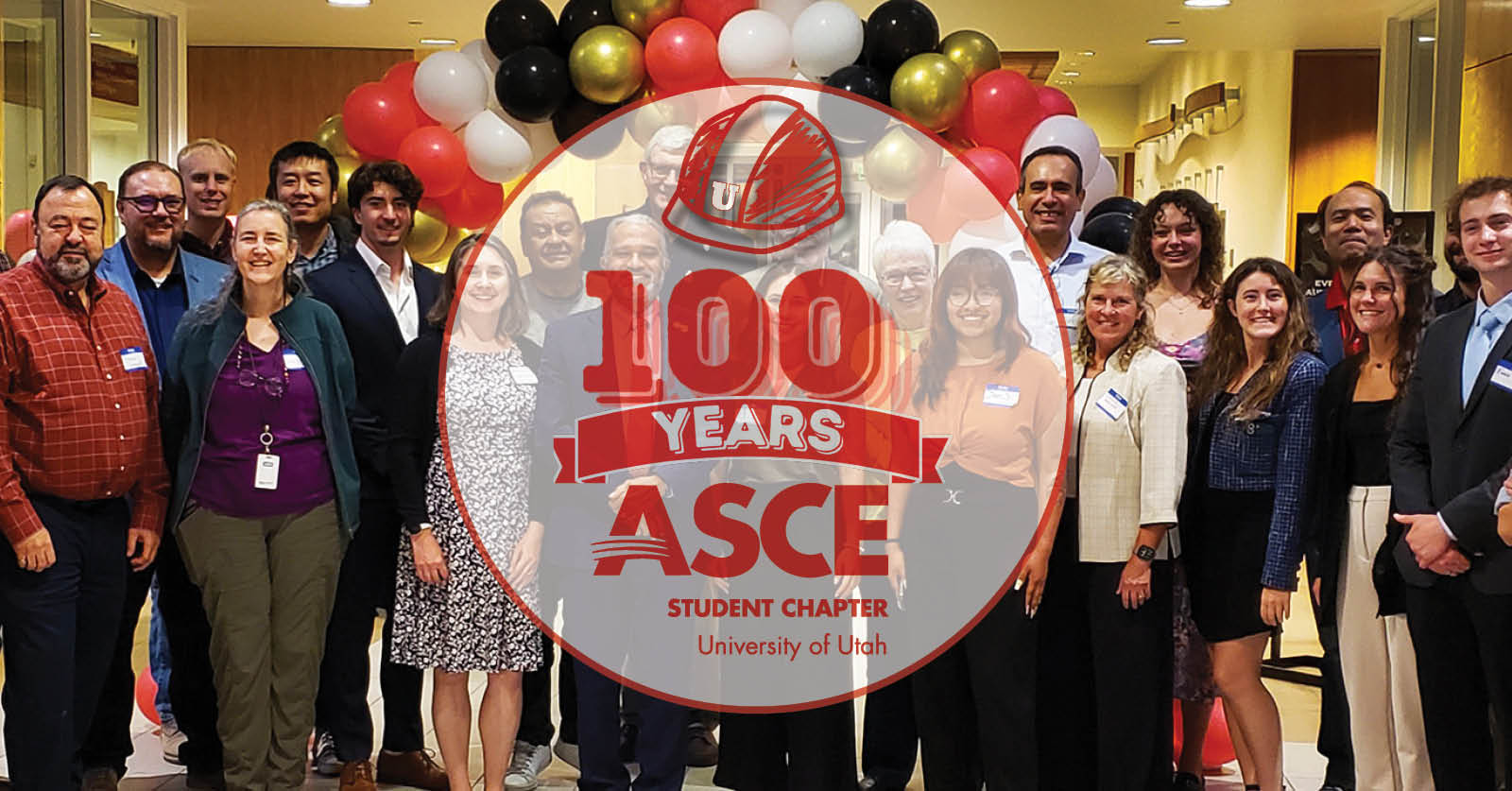
University of Utah Celebrates 100 Years of the ASCE Student Chapter
The American Society of Civil Engineers (ASCE), the nation’s oldest engineering society, has been supporting Civil & Environmental Engineering students at the University of Utah since 1924. For a century, the ASCE Student Chapter has been providing students with invaluable opportunities outside the classroom, preparing them for successful professional careers. On Thursday, September 16, 2024, […]
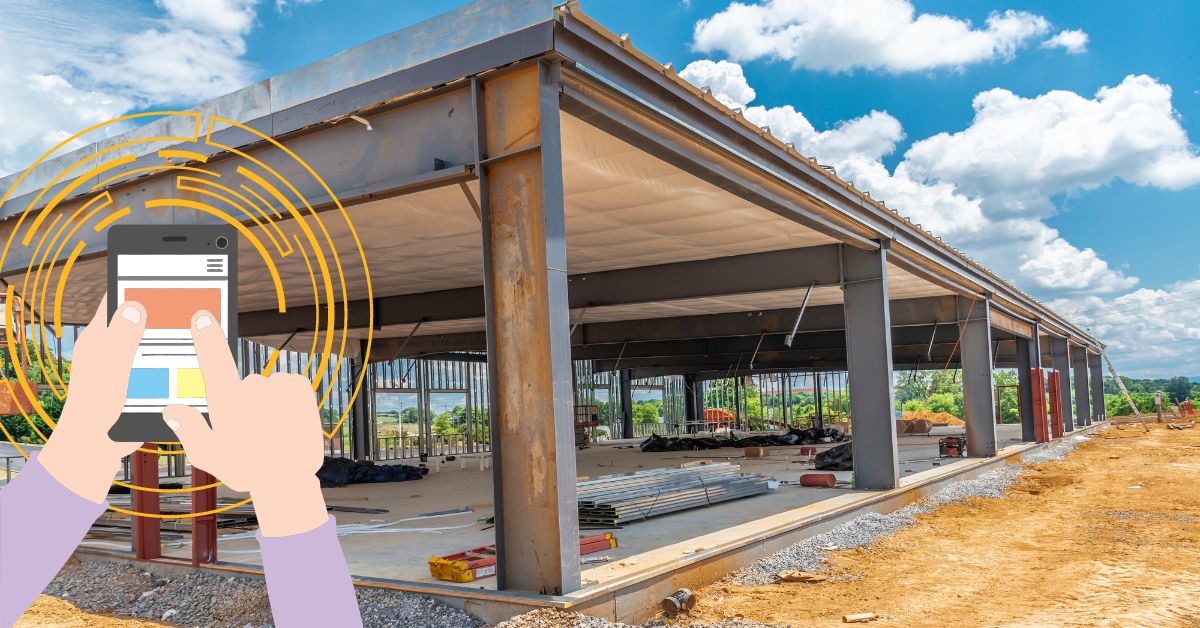
Enhancing Construction Engineering Education with AI-Driven Mobile App
Dr. Abbas Rashidi’s Role in Groundbreaking NSF Research The intersection of technology and education is creating new possibilities for learning, and at the forefront of this transformation is a project funded by the National Science Foundation (NSF). Dr. Abbas Rashidi, an Associate Professor in the Department of Civil & Environmental Engineering, is playing a key […]
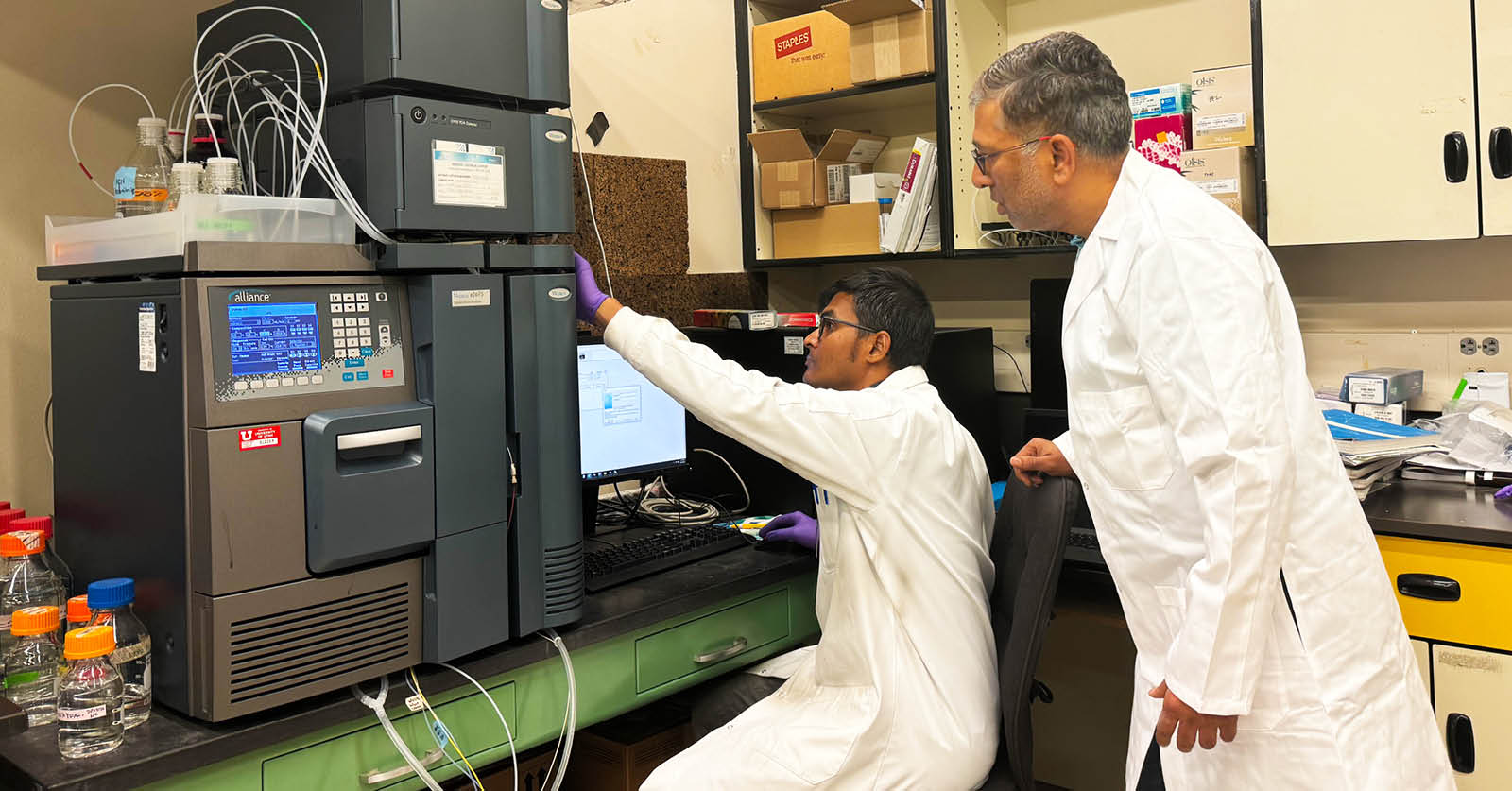
Fighting Forever Chemicals
Dr. Ramesh Goel Leads $1.6M EPA Research on PFAS Known as “forever chemicals,” per- and polyfluoroalkyl substances (PFAS) are a group of synthetic chemicals that have been widely used in various industrial and consumer products, such as non-stick cookware, water-repellent clothing, and firefighting foams. Their resistance to degradation combined with their potential to accumulate in […]

